Are you standing in the paint aisle, overwhelmed by the endless choices and unsure what…
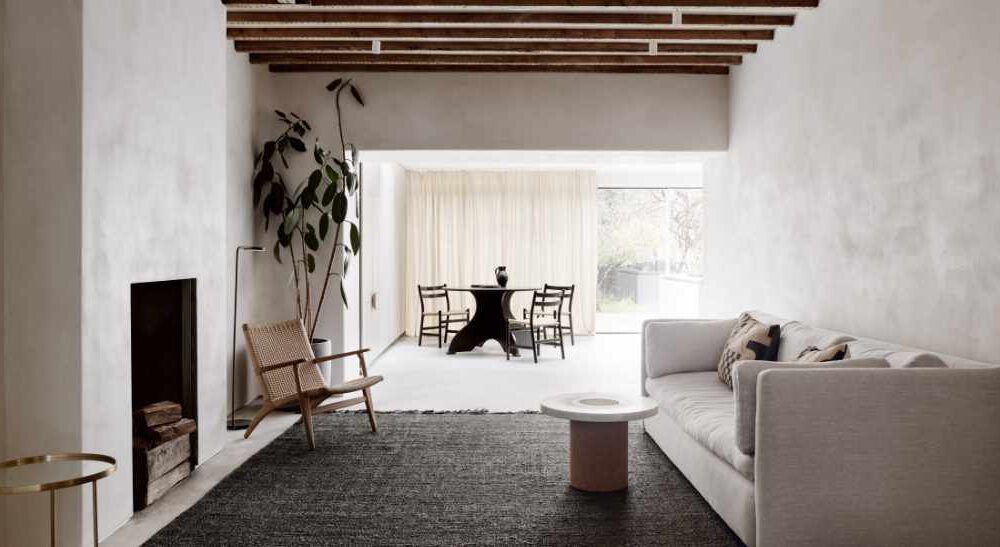
Behind the Design: Q&A with House of Grey
Photography by Michael Sinclair
houseofgrey.co.uk
In this month’s blog, we’re excited to share insights from our conversation with interior designer Louisa Grey, founder of House of Grey, a London-based studio known for its holistic approach to interior design.
Founded in 2013, House of Grey has gained recognition for prioritising aesthetics and environmental responsibility in their projects. Our discussion centred on House of Grey’s innovative concept of Circular Salutogenic Design® (CSD), aimed at creating spaces that promote well-being. Through our collaboration, we explored how Graphenstone’s sustainable air-purifying paints align with House of Grey’s values.
Read to discover the intersection of design, sustainability, and wellness through the lens of House of Grey’s inspiring work.
1 – What inspired House of Grey to develop the concept of Circular Salutogenic Design?
The studio was founded in 2013 when I was pregnant with my son. I had issues conceiving, and this led me on a natural path of acupuncture, Chinese herbs, and a realisation that the old, traditional ways of living should be the new way of living – simple, healthy, and free of chemicals, toxins, and pollutants. I had designed two restaurants and a private residential home, and I felt there was another way to design and build more positively, one that had less of an impact on the earth and offered health benefits for its inhabitants. The intersection between making design choices that are both good for the planet and human health is what we call Circular Salutogenic Design® (CSD).
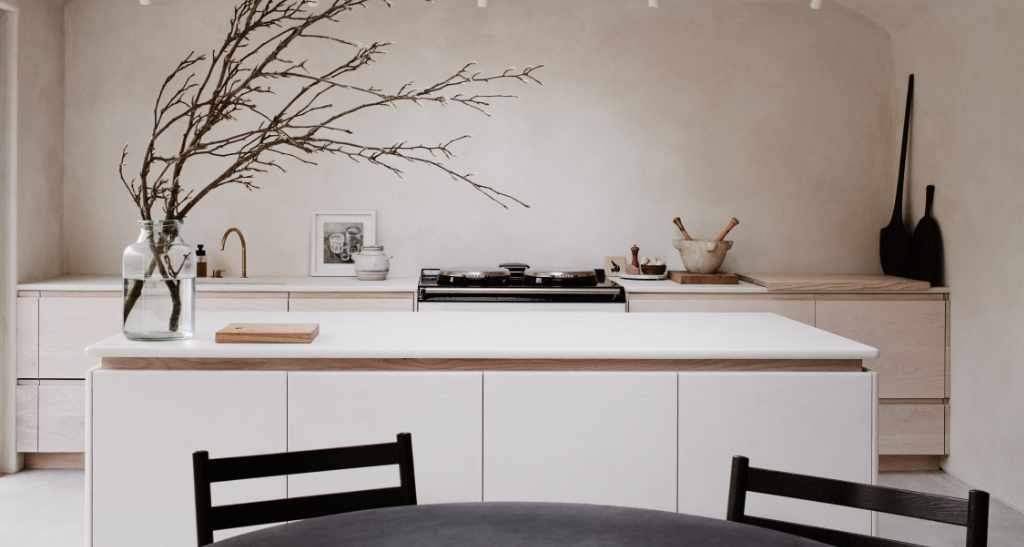
2 – How does House of Grey ensure that its designs have a minimal impact on the environment?
As a design studio, we are constantly evolving from within and looking to the future in all areas of our work: exploring new industry research, innovating products, and developing our material library so that it reflects our principles. We ensure that the products and materials we work with are non-toxic, we source locally, and we work with artisans and craftspeople who create responsibly on a small scale. In this way, both the spaces we create and how we create them to respect our surroundings. Every material and resource we use is fully researched and traced back to its origins to ensure it has a positive impact on human and ecological health during production, use, and disposal.
3 – What challenges have you faced in promoting sustainable design practices, and how have you overcome them?
I would say the biggest challenge is people’s mindset. It is the habitual approach to making, doing and consuming combined with not investing the time to make the changes in processes which is the biggest issue. It is completely within our collective power to do something about it – but it requires a passion for people to be motivated to make these crucial changes. For the UK (and global) design community, our next steps should no longer be about maintaining what is, it is about restoring something to what it was, it is about creating the opportunity and circumstances for increasing states of health and vitality for everyone in the ecosystem. Instead of primarily focusing on mitigating humans’ negative impacts, we can envision and create living environments that are thriving, healthy, and resilient.

4 – How does Graphenstone’s sustainable air-purifying paint align with House of Grey’s commitment to Circular Salutogenic Design?
Our CSD principles are about creating spaces where aesthetics and ethics go hand-in-hand and offer optimum health benefits – Graphenstone’s sustainable air-purifying paints are the perfect marriage of these three elements. We used the paints in our Home of Holism project – House of Grey’s studio and my personal home – as we truly believe they adhere to our brand ideals. It has been the perfect way to demonstrate to our clients that using natural products doesn’t mean you need to compromise on beauty or durability and allows them to see how the products evolve.
5 – Can you discuss any specific techniques or applications used with Graphenstone’s paints to enhance certain architectural features or design elements within the projects?
As mentioned we used Graphenstone paints in our Home of Holism project, specifically the kitchen units. We used the paints on the cupboards which are designed to hide all the practical items and utensils of the kitchen. Everything we need to use daily is easily accessible, with a moveable kitchen island that can be easily rolled into different positions, indoors and outdoors, for serving on different occasions. The kitchen space at the Home of Holism is used for photoshoots, events and most of all – for family and day-to-day living. It needs to provide the flexibility needed to live holistically and our choice of Graphenstone paints means the space is practical, durable and beautiful.
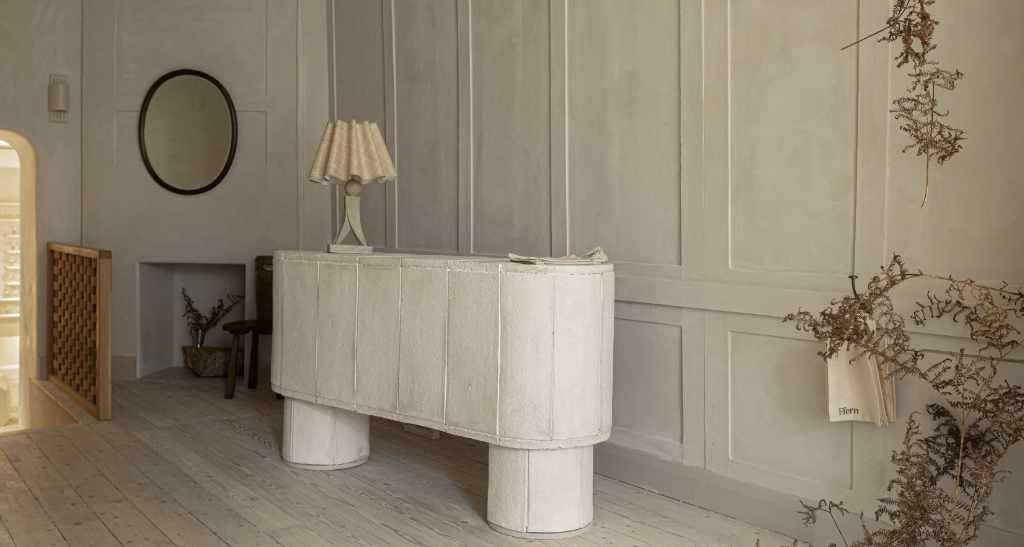
6 – In what ways did Graphenstone’s commitment to sustainability and innovation align with House of Grey’s design ethos and project objectives?
As mentioned, House of Grey is a design studio founded upon the belief in a better world and also a better life. The fact that Graphenstone Paints is one of the world’s most certified green brands, and is Cradle to Cradle certified supports our vision and allows us to create beautiful spaces without compromising on our ethos.
House of Grey interview – find out more
For more information and advice on your projects, reach out to our team. Take a look at @houseofgreylondon @louisagrey on Instagram if you require an Interior Designer.
Photography by Michael Sinclair and Edvinas Brunas

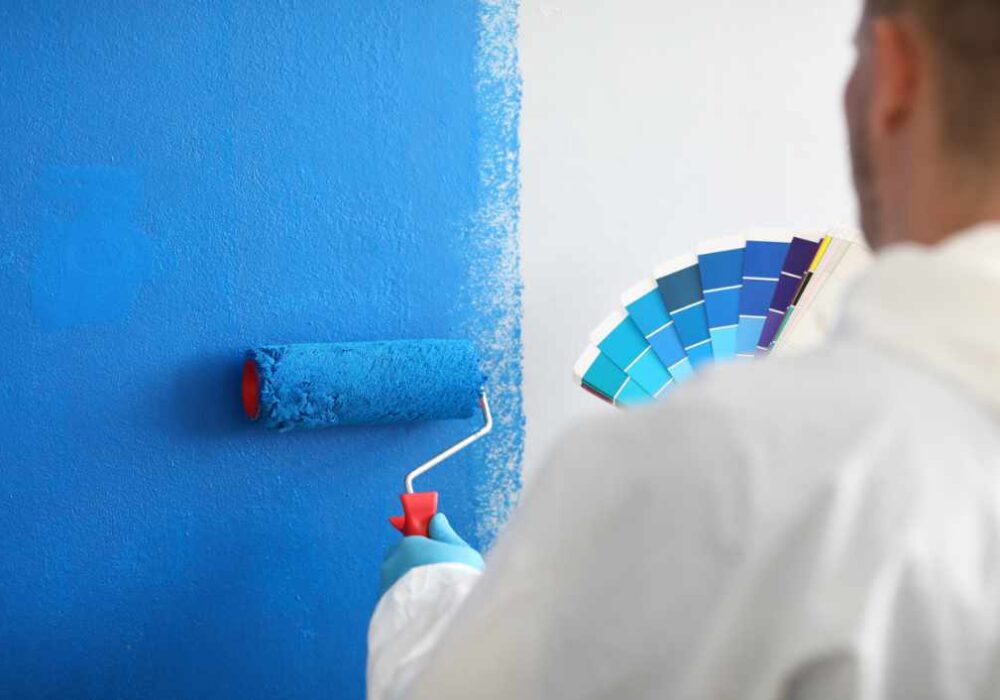
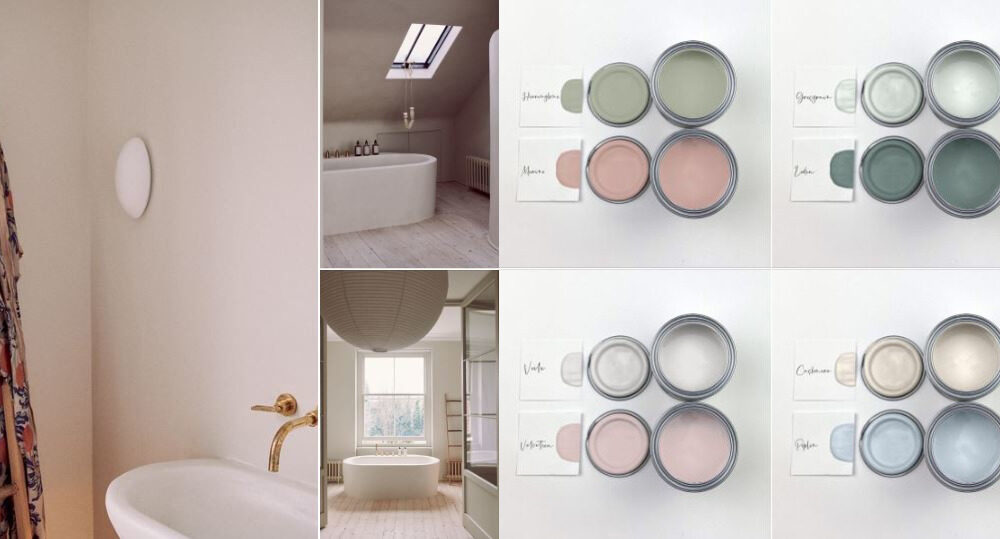
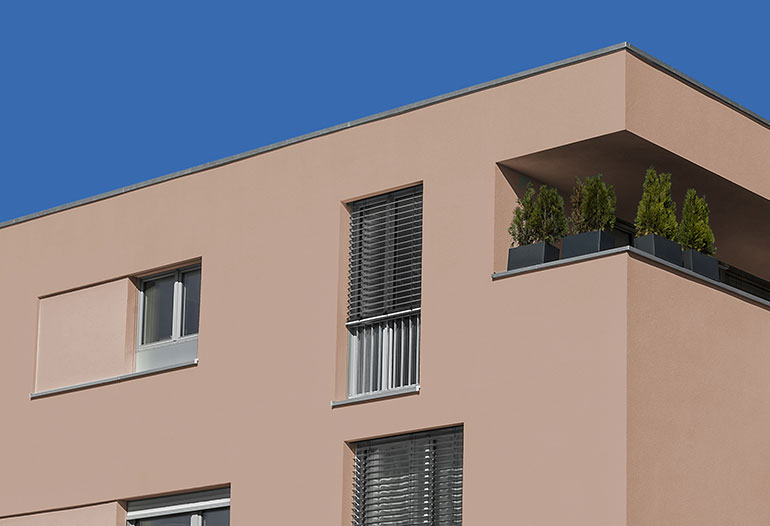

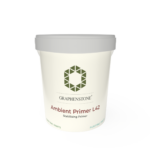
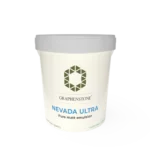
This Post Has 0 Comments